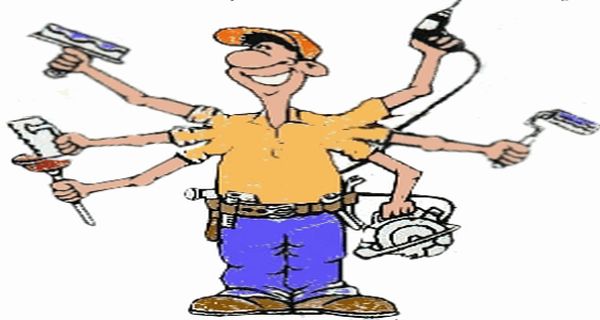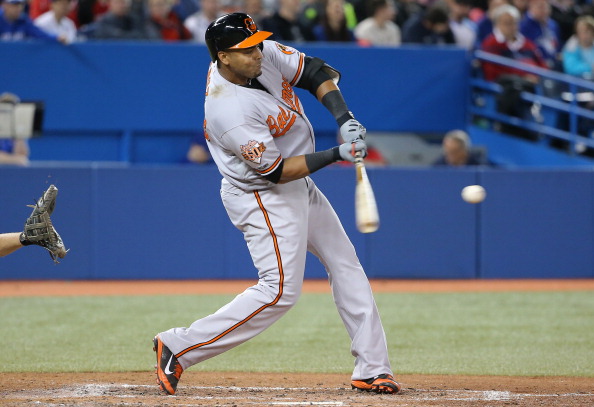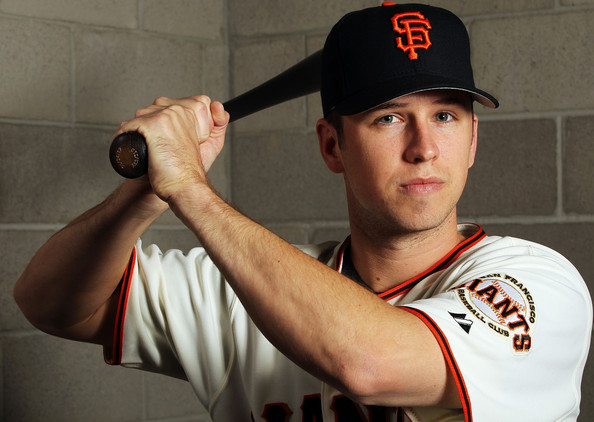The Absentee Drafter: Dealing with Being Auto-Drafted

I had one of those situations come up this weekend that is a nightmare for all fantasy baseball players: I had double booked myself. Of course, this was not intentional. I play in a league of players from a fan site I have been a part of for over a decade. The league is a bragging rights league (the best kind) and has been a priority for several years now. I signed up to play in the writers/readers league we set up and the draft was scheduled later that night. Well, the commissioner of the first league decided to move the time of the draft and poof, they were set up for the exact same time.
Of course, the FantasyFix league is more of a fun league and I can use it as a vehicle to get more story ideas. For anyone participating in or following the league, I am the Cleveland Spiders. The name may seem obscure to some, but when you figure I am an Astros fan the reference becomes easy enough. The 1899 Cleveland Spiders were the worst team in Major League history by a wide margin. The Astros figure to make a run at modern futility, but the Spiders hold a very special place in history overall.
Ironically, their situation is not too dissimilar to mine. The Spiders finished 20-134 that fateful season and inspired a rule that has changed the face of professional baseball for the better. Before 1900, it was customary for owners to own more than one team. They often used one to hedge their bets on the other. In other words, the worse of their two teams would become a defacto minor league team for their better team. They’d make lopsided trades to improve their chances of winning the pennant and watch the other tumble into despair. Finally, they had enough and disallowed multiple ownership in 1900 and the Spiders were no more.
However, I protected myself from a possible Spiders like finish by setting up my own pre-draft list. All of my leagues are Yahoo leagues, so the process is pretty simple. However, most major platforms will allow you to do the same. It can be a life saver in situations like that. To make matters worse, I missed the first thirty minutes of my other draft finishing off the honey do list I had been given. These things happen. You have to make dinner. Maybe Grandma gets rushed to the hospital. Lumberg asks you to come in on Saturday and Sunday. You get the idea.
As John Lennon was fond of saying, “life is what happens to you while you’re busy making other plans.” Well, you can mitigate a lot of damage by making a pre-draft list. It allows you to put players in order and it allows you to exclude players (say Rafael Furcal or Alex Rodriguez) that you don’t want drafted under any circumstances. No one wants to be stuck with the guy that will be out for five months. The roster you end up with won’t be ideal, but it will be good enough to go with in the interim. I found that to be the case with both of my teams as there is always a couple of things that will concern you when you cannot show up for the draft.
Roster Concerns
Typically, there are two major concerns that come with missing your draft. First, the computer will often load up on positions because it follows your list as closely as it can. So, it’s first priority is to pick in order and then fill positions later. On one team, I wound up with both Buster Posey and Joe Mauer because either can be slated at first base. Heck, on one of those teams I also have John Jaso (although that is by design). That can also occur in the outfield as it did with my Fantasyfix team. Secondly, the computer may take players that are either injured or ineffective unless you add them to your do not draft list. I got Roy Halladay this way in both leagues. TRI says he should bounce back, but TRI is a statistically based prediction and not a scouting based one. Currently, he is throwing in the high 80s (which is 5-6 MPH under his normal fastball), so his effectiveness will likely be limited. In order to keep you up on what I’m thinking throughout the year I’ll update you on whatever roster moves I make periodically.
Cleveland Spiders Roster Adjustments
- In: Garrett Jones
- Out: Andy Dirks
Okay, these all take some explanations. If anyone recalls, I mentioned Dirks prominently in the platoon advantage series. I hated dropping him, but the computer took David Ortiz for me at first base. I’m not dropping Ortiz, but he is questionable to start the season. Garrett Jones gives me someone that is eligible at first base that can start until Ortiz is ready, but he is also eligible in the outfield. So, I can use him just as well in platoon advantages down the road. Morever, having players that can play multiple positions will help you when you battle injuries during the season.
- In: Lonnie Chisenhall
- Out: Gavin Floyd
Again, the computer threw me a bit of a curveball when it selected Chase Headley for me. I say a bit because I am not upset at the selection. Five months of very good production is better than six months of okay production. Chisenhall should be the regular third baseman in Cleveland and could produce some good numbers. He also might not. However, I decided to take a calculated risk as the other available third basemen were mostly average at best. If Chisenhall breaks out I will look like a genius. If he doesn’t then Headley should come back before too long. Floyd was on my bench. It leaves me without any reserve pitching for now, but when DL slots become official I can add pitching then.




